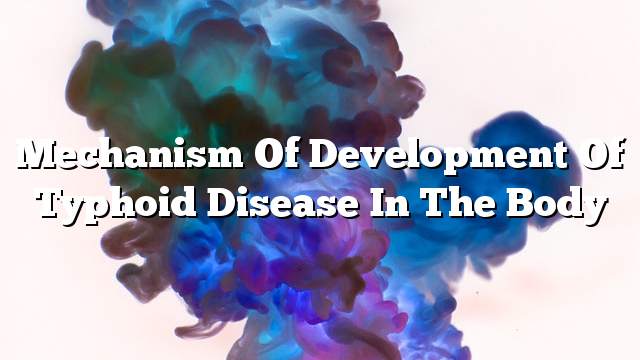The incubation period is defined as the time period from the virus entering the human body to the emergence of symptoms of the disease on the person, and the period of custody of typhoid ranged from 10-14 days
First, the bacteria enter the stomach, then move to the small intestine, then penetrate the wall of the small intestine and move to the blood, where they settle in the spleen, liver and bone marrow and multiply in them, as well as multiply in the lymph nodes in the body.
Typhoid disease is an epidemic disease, transmitted by bacteria, and the way it is transmitted through food and water contaminated with the bacteria. The most important test is to diagnose bone marrow transplantation, but the hospital test is the Vidal test, the treatment of which is through antibiotics, A way to prevent it is by washing hands.
